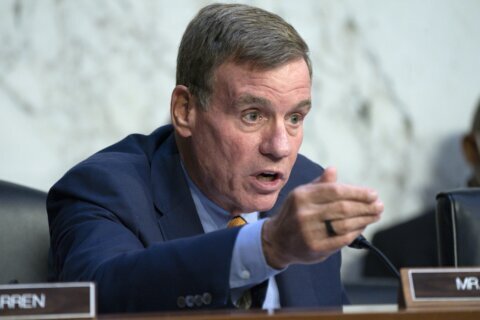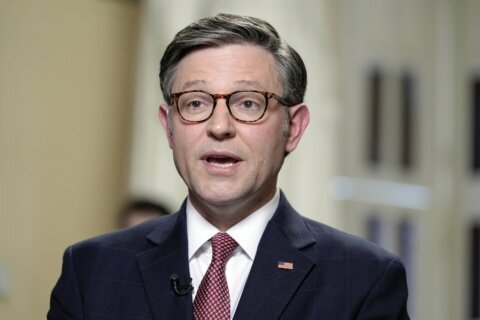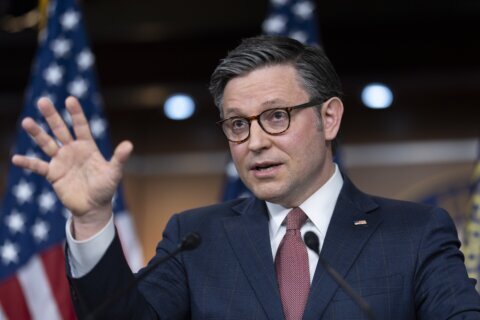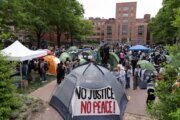Thousands of National Guard troops are gone, but nearly five months after the attack on the U.S. Capitol, fencing still blocks the public from the grounds surrounding the iconic building.
Republican and Democratic members of Congress, who rarely see eye to eye, largely agree that the fencing should come down. But it’s still unclear when that will happen.
D.C. Del. Eleanor Holmes Norton, who has introduced legislation that would require the fencing to be removed, remains optimistic that its days are numbered.
In an interview with WTOP, Norton said she believes the fencing could come down this summer.
“There’s no reason to keep it up anymore,” she said. “There’s no existing danger that a fence would repel.”
Norton has been one of the most vocal critics of the fence that still stretches around the immediate Capitol grounds.
Over the Memorial Day weekend, visitors could be seen taking pictures outside the fence, which includes numerous signs that say, “AREA CLOSED By order of the United States Capitol Police Board.”
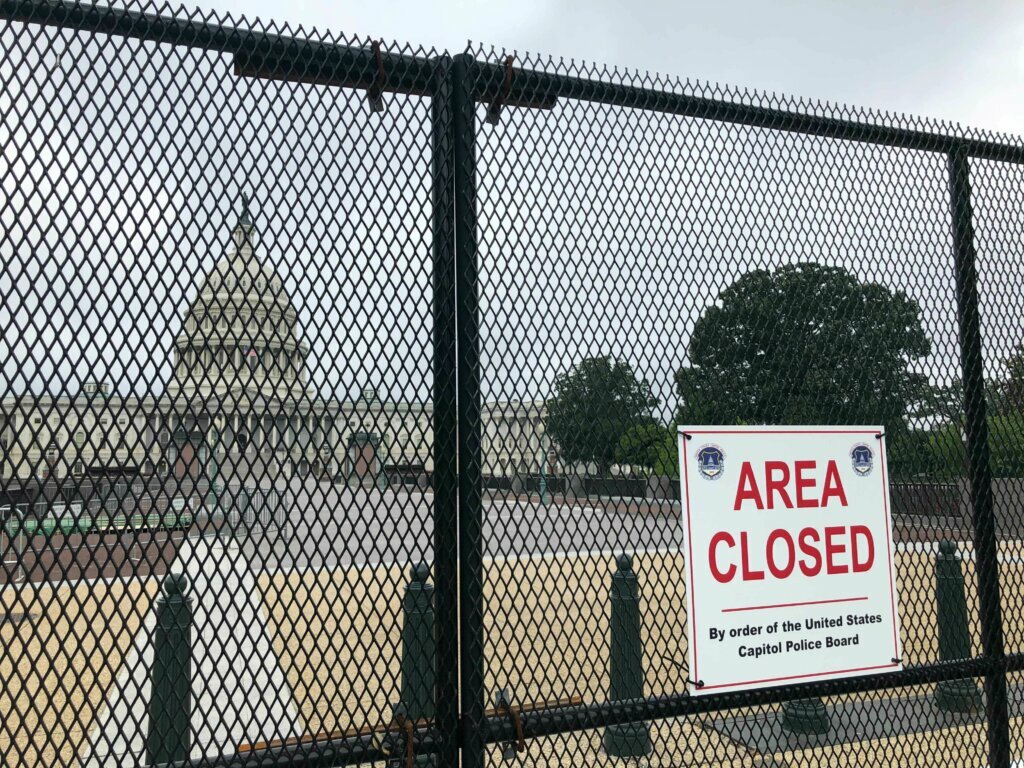
Before the Jan. 6 insurrection, visitors and D.C. residents could walk onto the grounds and get within feet of the Capitol steps.
The Capitol Police Board will ultimately make the decision about when the fence will come down. The board has come under scrutiny for its handling of security before a rioting mob broke into the Capitol, leaving several people dead and at least 140 Capitol Police officers injured.
One of the officers, Brian Sicknick, died after suffering two strokes the day after he and others defended the Capitol. His mother and longtime girlfriend recently came to Capitol Hill last week, where they met with Republican lawmakers in an unsuccessful effort to get them to allow a bipartisan commission to investigate what happened on Jan. 6.
Republican senators blocked creation of the panel with a GOP filibuster.
The Capitol Police Board has not given an indication of what its decision will be regarding the fence. An outer perimeter fence was removed earlier this year, more than two months after the attack.
Norton remains confident the current fencing will be removed, sooner rather than later.
“I think we’re very close to getting rid of the final fencing, at last,” Norton said. “It’s been a major project of mine.”
Norton’s legislation has the support of Sen. Roy Blunt (R-Mo.), who is a co-sponsor of bipartisan legislation that would prohibit putting up permanent fencing around the Capitol.
During a virtual roundtable sponsored by Norton this week, retired Maj. Gen. Errol Schwartz said as part of a security review, he has recommended that the fence not come down until physical repairs are completed on the Capitol.
Specifically, he noted that windows and doors need to be repaired or replaced to make sure they can’t be penetrated. It’s not clear when that work will be completed.
Schwartz was a member of a Capitol security task force led by retired Lt. Gen. Russel Honore, which developed a long list of recommendations.
The House has passed a $1.9 billion security bill to improve Capitol security, though its fate is unclear in the Senate, which returns into session next week.
Norton said she understands the need for continuing work on security improvements, but wants the Capitol grounds reopened to the public.
“This is essentially a park,” Norton said. “We want our park back.”


